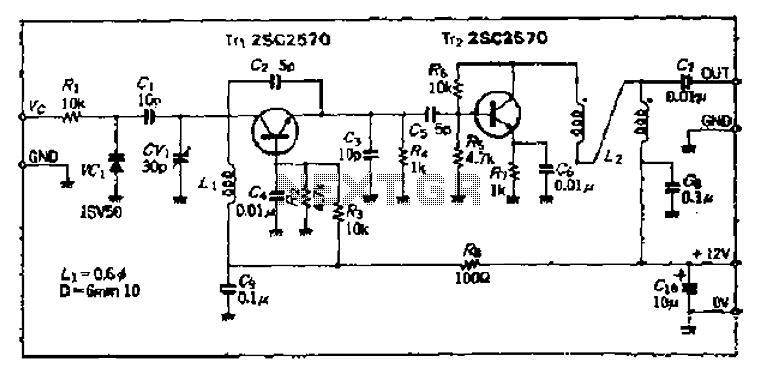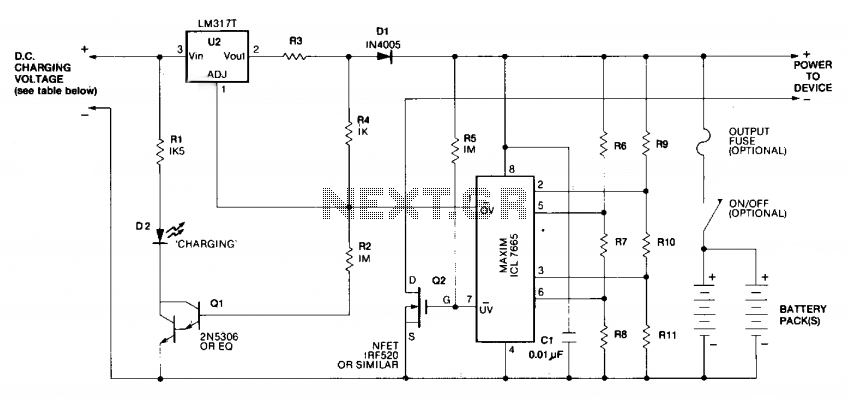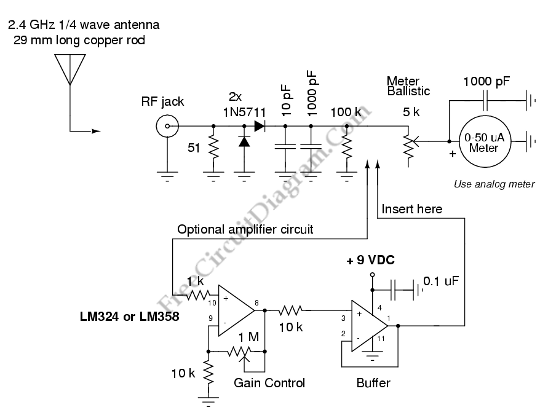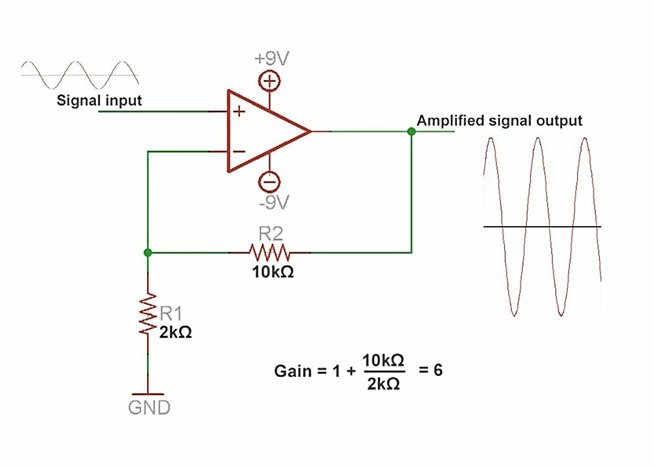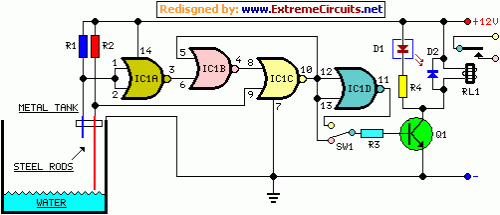
Fans of natural wind simulator circuit 2
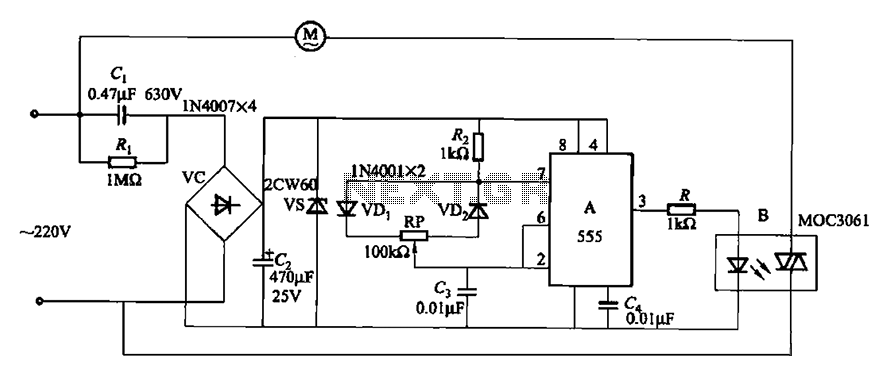
The circuit depicted in Figure 3-9 shares similarities with Figure 3-8, with the distinction that the zero-off MOC3061 type photoelectric coupler is directly connected to control the operation of the fan.
The circuit utilizes the MOC3061, a phototransistor optoisolator, which serves as an interface between the control signal and the fan operation system. The MOC3061 is designed to provide electrical isolation, ensuring that the control circuit does not interfere with the fan's power circuit. This is particularly important in applications where the fan operates at high voltages or currents, as it protects sensitive components in the control circuit from potential damage.
In this configuration, the input side of the MOC3061 is connected to a control signal, which could be generated by a microcontroller or a manual switch. When the control signal is activated, the internal LED of the MOC3061 emits light, which is detected by the phototransistor on the output side. This triggers the phototransistor to conduct, allowing current to flow through the fan's circuit, thus turning the fan on.
The zero-off feature indicates that the circuit is designed to maintain the fan operation at zero voltage, enhancing energy efficiency and reducing unnecessary power consumption when the fan is not needed. The use of a zero-crossing detection mechanism ensures that the fan is activated at the optimal point in the AC waveform, minimizing electrical noise and potential interference with other devices.
Overall, the circuit design emphasizes safety, efficiency, and reliable operation, making it suitable for various applications where fan control is required. The integration of the MOC3061 allows for seamless control while maintaining electrical isolation between the control and power circuits. Circuit shown in Figure 3-9. It is similar to Figure 3-8, except that zero off MOC3061 type photoelectric coupling B directly connected to control fan operation.
The circuit utilizes the MOC3061, a phototransistor optoisolator, which serves as an interface between the control signal and the fan operation system. The MOC3061 is designed to provide electrical isolation, ensuring that the control circuit does not interfere with the fan's power circuit. This is particularly important in applications where the fan operates at high voltages or currents, as it protects sensitive components in the control circuit from potential damage.
In this configuration, the input side of the MOC3061 is connected to a control signal, which could be generated by a microcontroller or a manual switch. When the control signal is activated, the internal LED of the MOC3061 emits light, which is detected by the phototransistor on the output side. This triggers the phototransistor to conduct, allowing current to flow through the fan's circuit, thus turning the fan on.
The zero-off feature indicates that the circuit is designed to maintain the fan operation at zero voltage, enhancing energy efficiency and reducing unnecessary power consumption when the fan is not needed. The use of a zero-crossing detection mechanism ensures that the fan is activated at the optimal point in the AC waveform, minimizing electrical noise and potential interference with other devices.
Overall, the circuit design emphasizes safety, efficiency, and reliable operation, making it suitable for various applications where fan control is required. The integration of the MOC3061 allows for seamless control while maintaining electrical isolation between the control and power circuits. Circuit shown in Figure 3-9. It is similar to Figure 3-8, except that zero off MOC3061 type photoelectric coupling B directly connected to control fan operation.
Warning: include(partials/cookie-banner.php): Failed to open stream: Permission denied in /var/www/html/nextgr/view-circuit.php on line 713
Warning: include(): Failed opening 'partials/cookie-banner.php' for inclusion (include_path='.:/usr/share/php') in /var/www/html/nextgr/view-circuit.php on line 713
